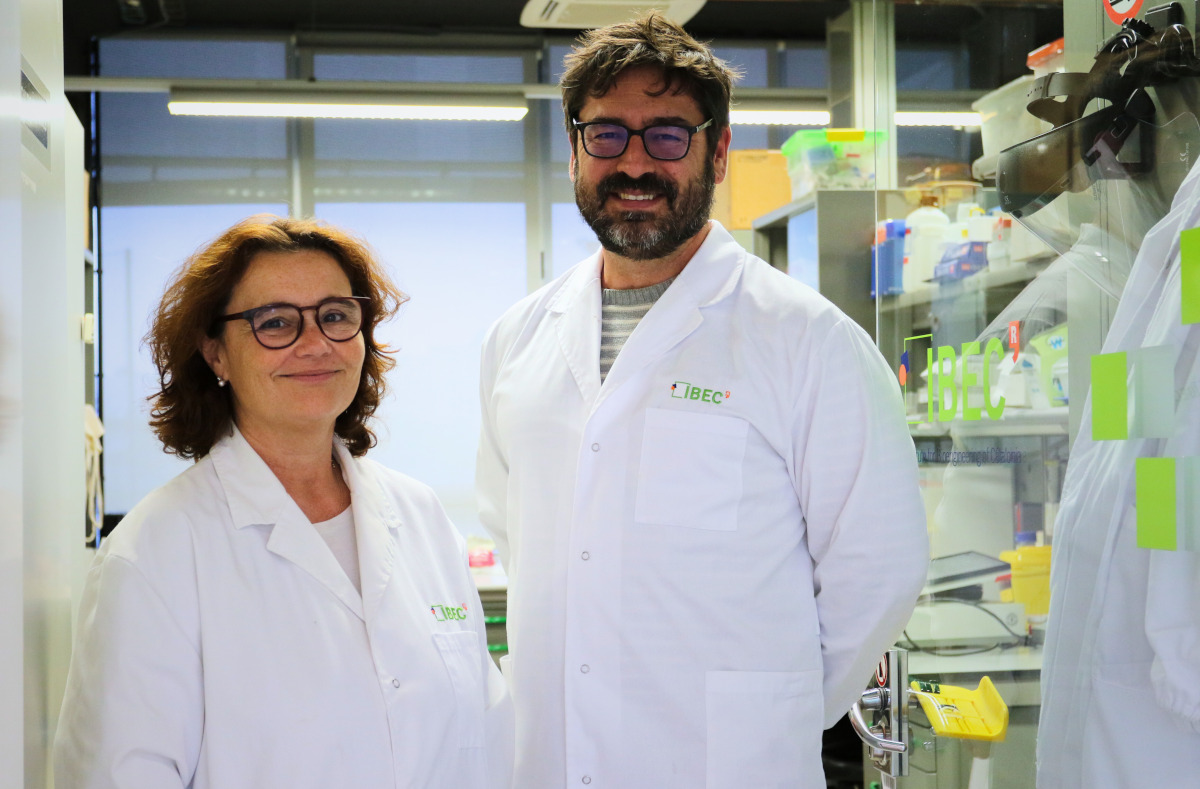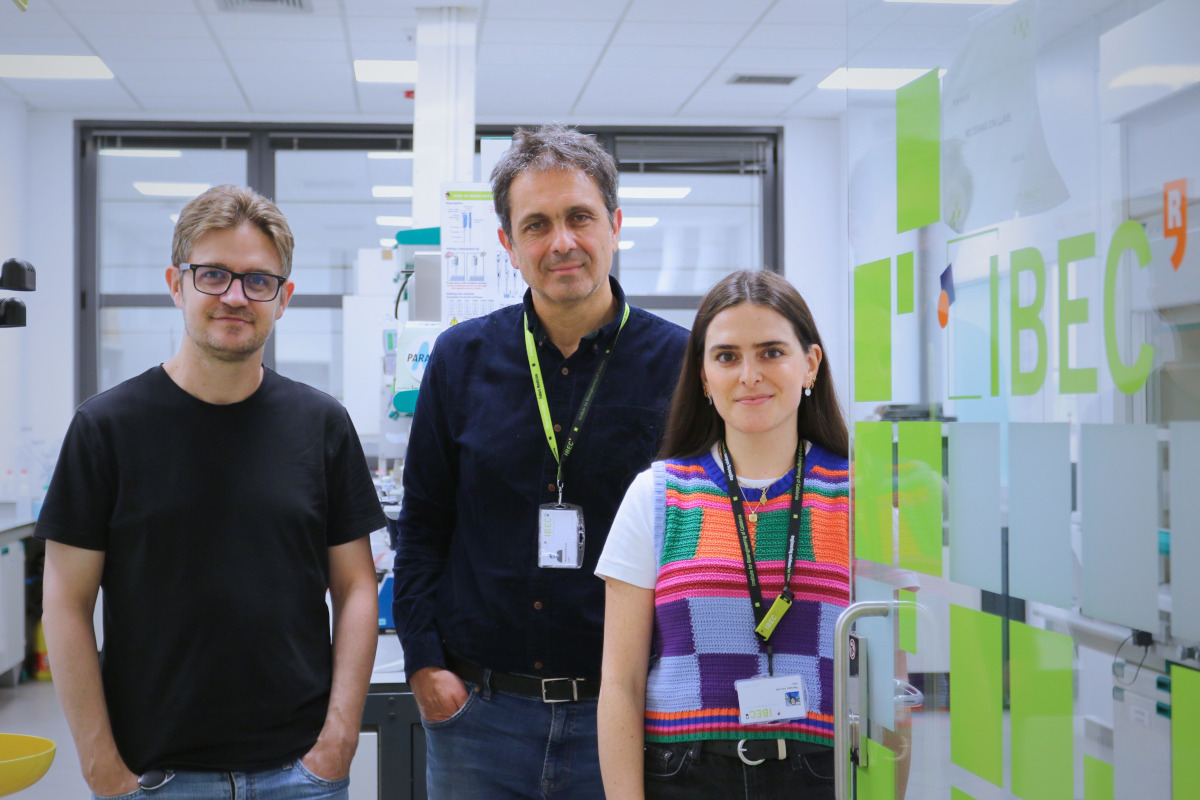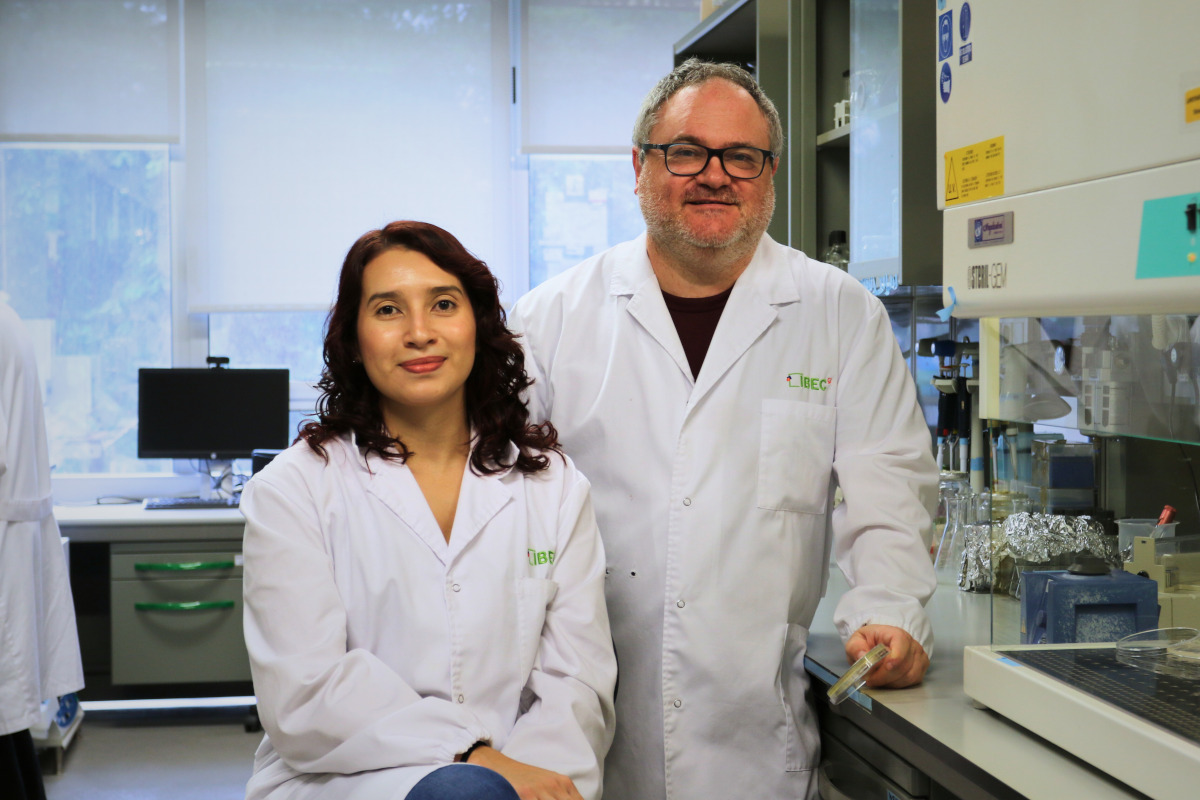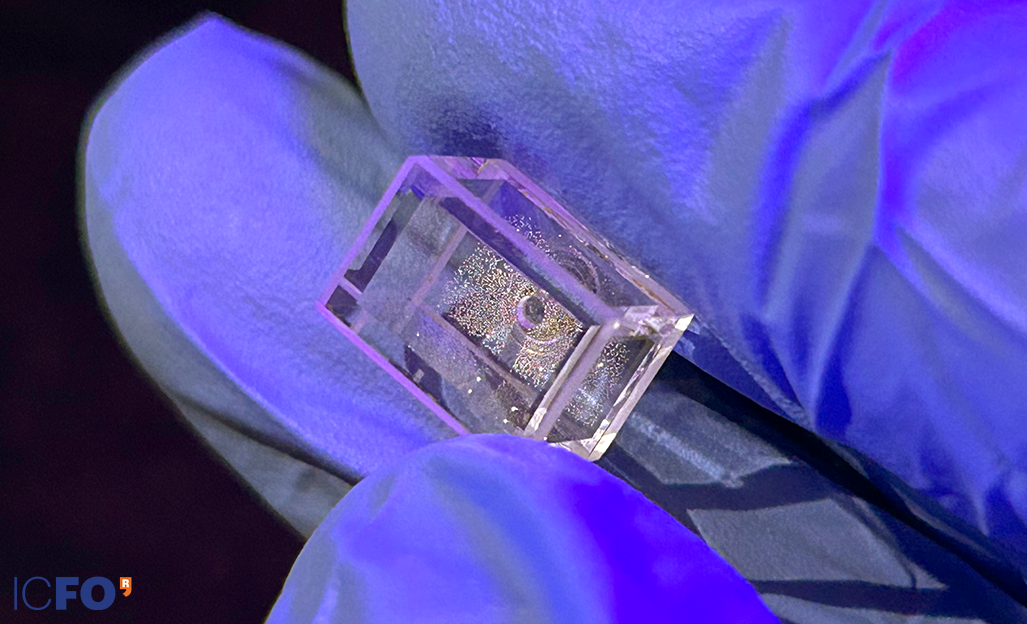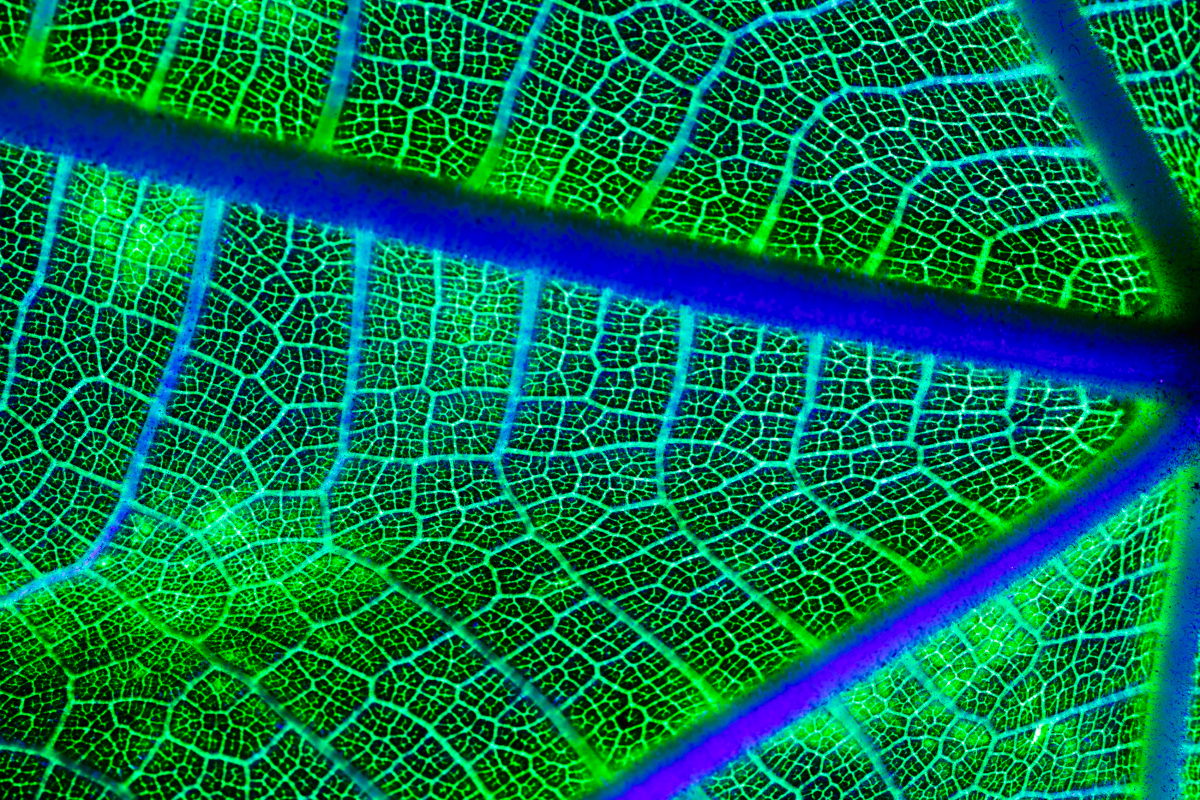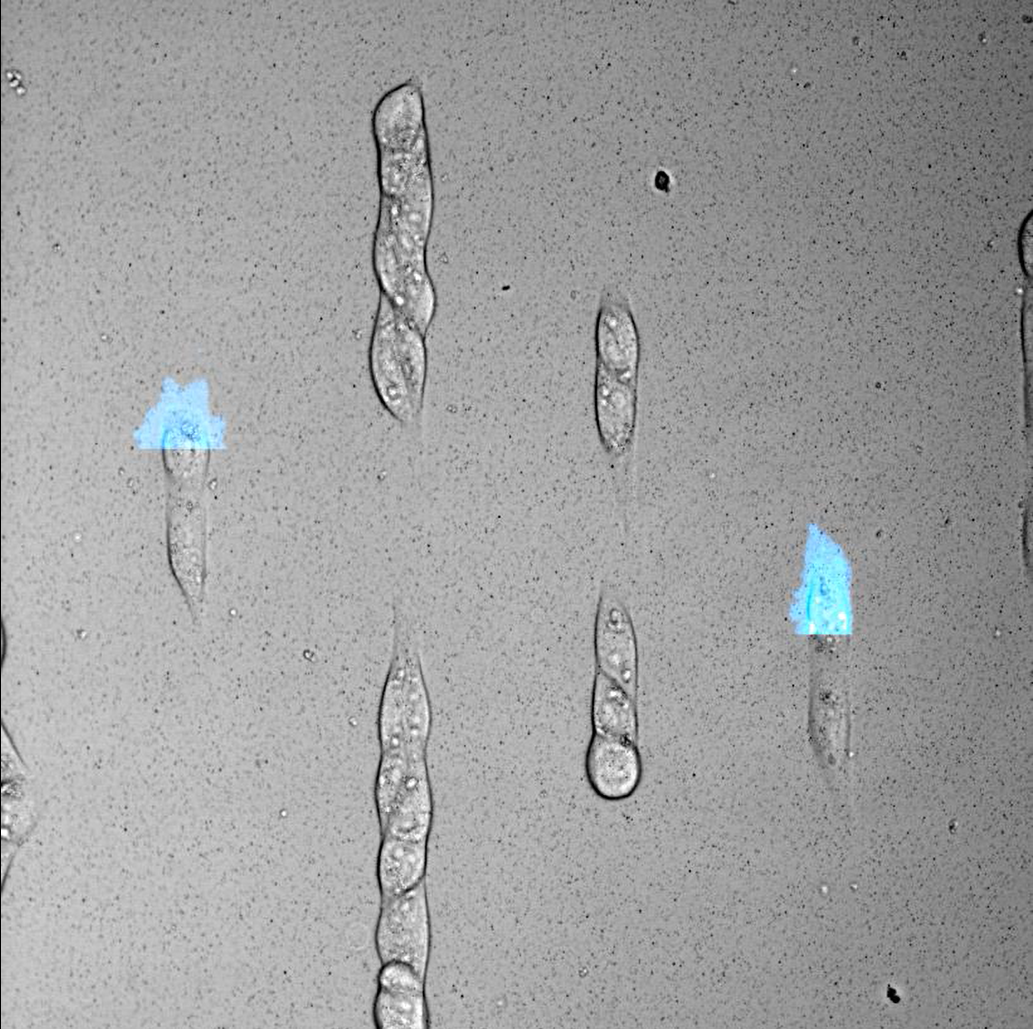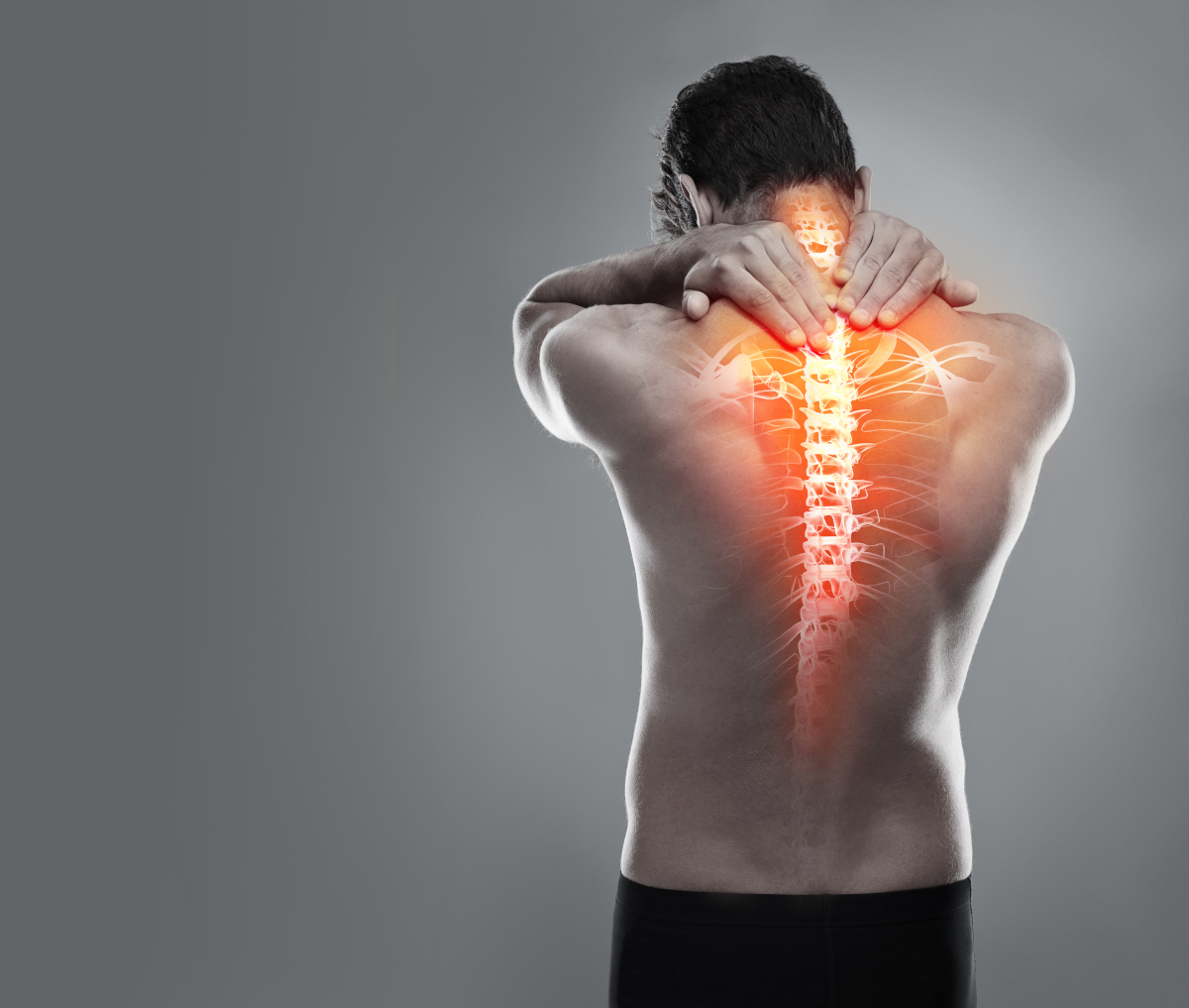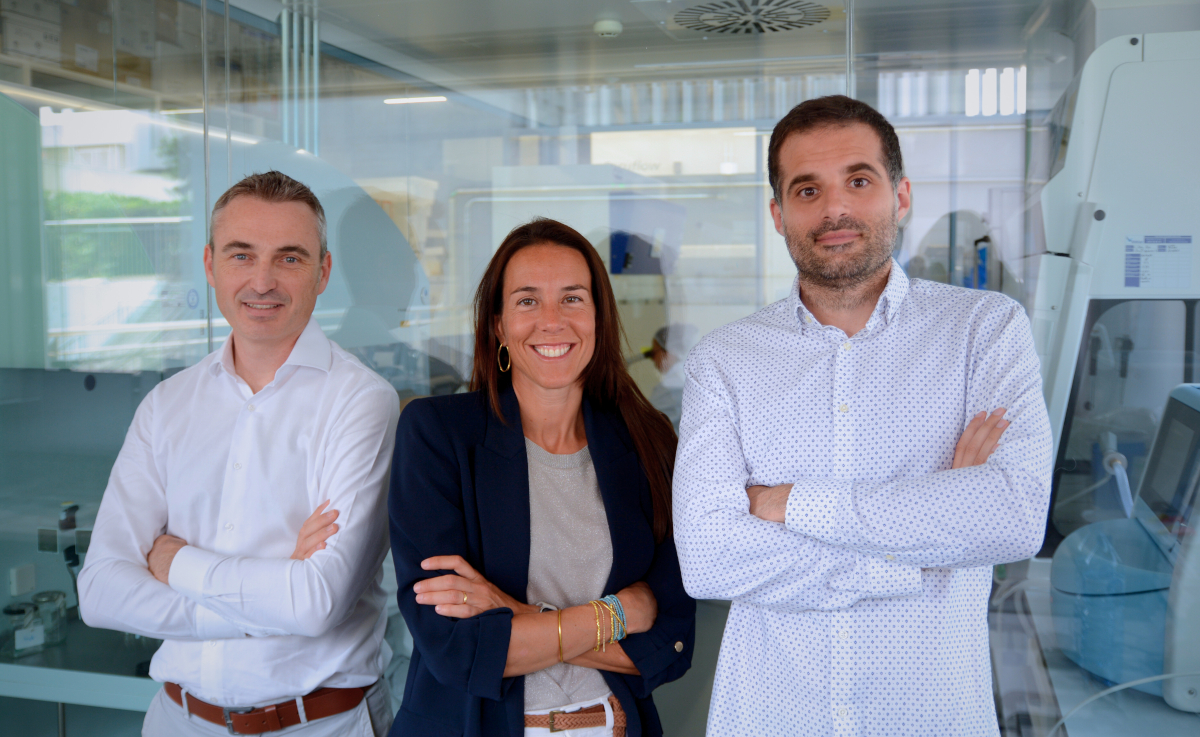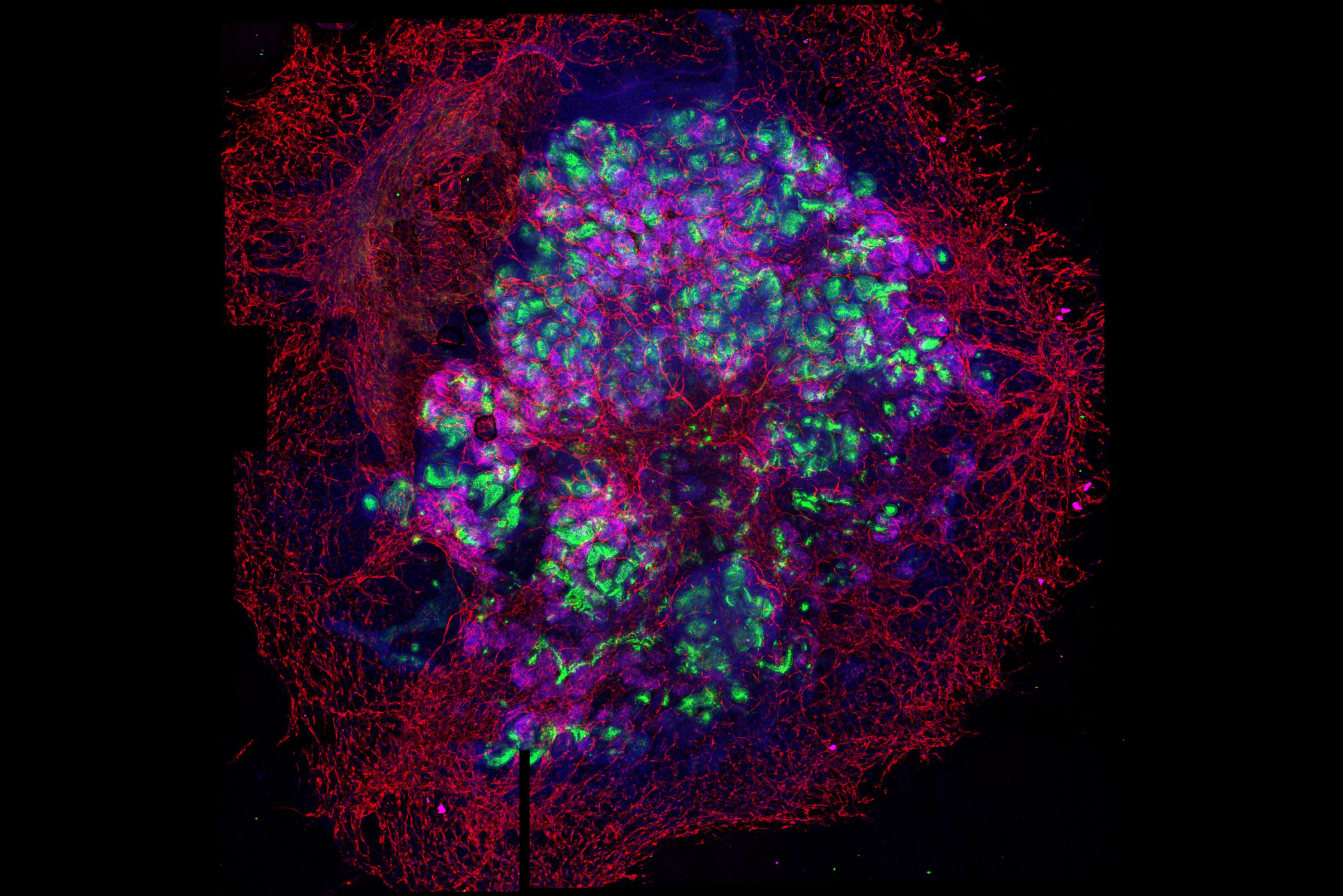Innovative 3D printed scaffolds offer new hope for bone healing
Critical bone defects resulting from trauma, tumor resection, or congenital conditions present significant challenges in medical treatment due to high rates of graft failure caused by inadequate blood supply. To address this issue, researchers at the Institute for Bioengineering of Catalonia have developed novel 3D printed scaffolds made from polylactic acid and calcium phosphate. These innovative scaffolds promote blood vessel formation, ensuring better healing and regeneration of bone tissue.
